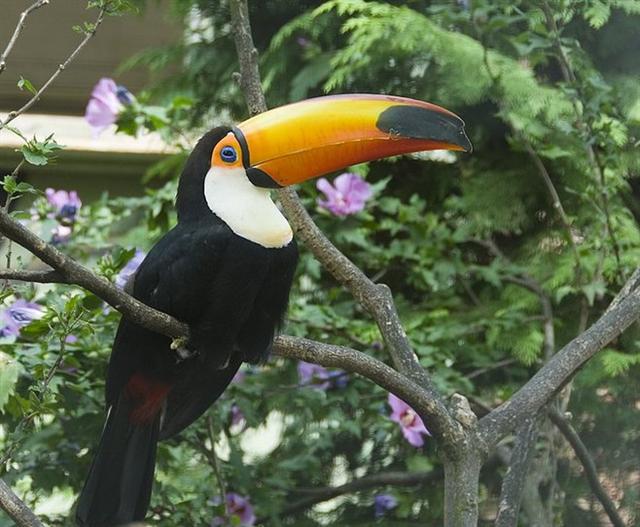|
584
66 The Naked Man is the title of one of the volumes created by structuralist Claude Lévi-Strauss - The Naked Man. Introduction to a Science of Mythology. The opposite of (the contrast to) a naked creature should be a person with very much hair, for instance Castor Beaver - creating dams and streams (waterways), very good for facilitating canoe journeys:.
Already at the time of Gilgamesh the theme seems to have been well established: ... Ishtar, scorned, goes up to heaven in a rage, and extracts from Anu the promise that he will send down the Bull of Heaven to avenge her. The Bull descends, awesome to behold. With his first snort he downs a hundred warriors. But the two heroes tackle him. Enkidu takes hold of him by the tail, so that Gilgamesh as espada can come in between the horns for the kill. The artisans of the town admire the size of those horns: 'thirty pounds was their content of lapis lazuli'. (Lapis lazuli is the color sacred to Styx, as we have seen. In Mexico it is turquoise.) Ishtar appears on the walls of Uruk and curses the two heroes who have shamed her, but Enkidu tears out the right thigh of the Bull of Heaven and flings it in her face, amidst brutal taunts. It seems to be part of established procedure in those circles. Susanowo did the same to the sun-goddess Amaterasu, and so did Odin the Wild Hunter to the man who stymied him. A scene of popular triumph and rejoicings follows. But the gods have decided that Enkidu must die, and he is warned by a somber dream after he falls sick. The composition of the epic has been hitherto uncouth and repetitious and, although it remains repetitious, it becomes poetry here. The despair and terror of Gilgamesh at watching the death of his friend is a more searing scene than Prince Gautama's 'discovery' of mortality. 'Hearken unto me, O elders, (and give ear) unto me! // It is for Enk(idu), my friend, that I weep, // Crying bitterly like unto a wailing woman // (My friend), my (younger broth)er (?), who chased // the wild ass of the open country (and) the panther of the steppe. // Who seized and (killed) the bull of heaven; // Who overthrew Humbaba, that (dwelt) in the (cedar) forest - ! // Now what sleep is this that has taken hold of (thee)? // Thou hast become dark and canst not hear (me)'. // But he does not lift (his eyes). // He touched his heart, but it did not beat. // Then he veiled (his) friend like a bride (...) // He lifted his voice like a lion // Like a lioness robbed of (her) whelps ... 'When I die, shall I not be like unto Enkidu? // Sorrow has entered my heart // I am afraid of death and roam over the desert ... // (Him the fate of mankind has overtaken) // Six days and seven nights I wept over him // Until the worm fell on his face. // How can I be silent? How can I be quiet? // My friend, whom I loved, has turned to clay' ... Gilgamesh was the one who alighted the Sun fire and Enkidu was his shadowy tanist, I think.
... Without taking part in the heated discussion on the interpretation of the very name Gilgamesh - dGIS.GIN.MEZ/MAS, and other forms - one can mention that GIS means 'wood, tree', and MEZ/MAS a particular kind of wood, and that there are reasons for understanding our hero as a true Prometheus ... ... Thursday means strong 'medicine'. Very many pieces of the puzzle are falling into their right places. If the Twins originally referred (in the Golden Age) to Gemini at spring equinox (north of the equator), then they will have shifted to a place much earlier in the year since then. Given 26,000 years for a full cycle (360º), time has shifted first Taurus, then Aries, and soon Pisces past spring equinox. 26,000 / 13 = 2,000 year per zodiacal sign (including the now forbidden Serpent) means Gemini should have ruled up to around 4,000 BC ... ... The divine names Bran, Saturn, Cronos ... are applied to the ghost of Hercules that floats off in the alder-wood boat after his midsummer sacrifice. His tanist, or other self, appearing in Greek legend as Poeas who lighted Hercules' pyre and inherited his arrows, succeeds him for the second half of the year; having acquired royal virtue by marriage with the queen, the representative of the White Goddess, and by eating some royal part of the dead man's body - heart, shoulder or thigh-flesh. He is in turn succeeded by the New Year Hercules, a reincarnation of the murdered man, who beheads him and, apparently, eats his head. This alternate eucharistic sacrifice made royalty continous, each king in turn the Sun-god beloved of the reigning Moon-goddess. But when these cannibalistic rites were abandoned and the system was gradually modified until a single king reigned for a term of years, Saturn-Cronos-Bran became a mere Old Year ghost, permanently overthrown by Juppiter-Zeus-Belin though yearly conjured up for placation at the Saturnalia or Yule feast ... In other words, Enkidu in a way could have corresponded to the nakshatra face of the Full Moon (Paximama). They were very alike, Gilgamesh and Enkidu, like twins. But one them (the Moon) was mortal. Otherwise he was like Gilgamesh 'to a hair': ... it is told that he [Gilgamesh] lives in splendor and dissoluteness, and makes a nuisance of himself until the gods bring relief to his people by rearing a human being, either twin or counterpart,³ who can stand up to him. It is Enkidu, the man of the Wilds, a kind of wolf-child as simple as the beasts he plays with, a happy son of nature, hairy all over, grown to enormous strength ... ³ Actually, the goddess Aruru makes him 'in the likeness of Anu', literally 'a zikru of Anu she conceived in her heart'. But Enkidu is also said to look like Gilgamesh 'to a hair' ... In April 1 (*91) the Wolf was the Opener of the Way
... The king, wearing now a short, stiff archaic mantle, walks in a grave and stately manner to the sanctuary of the wolf-god Upwaut, the 'Opener of the Way', where he anoints the sacred standard and, preceded by this, marches to the palace chapel, into which he disappears. A period of time elapses during which the pharaoh is no longer manifest ...
and later (Toliman, *221 → *361 - *140) - in October 28 (301 = 9 * 91 + 28) - he was bound to be killed by a man-horse:
In the G text we can read that the 15th Chinese station named Legs (*11.4) should be understood as connected with a Wolf: ... During his descent the ancestor still possessed the quality of a water spirit, and his body, though preserving its human appearance, owing to its being that of a regenerated man, was equipped with four flexible limbs like serpents after the pattern of the arms of the Great Nummo. The ground was rapidly approaching. The ancestor was still standing, his arms in front of him and the hammer and anvil hanging across his limbs. The shock of his final impact on the earth when he came to the end of the rainbow, scattered in a cloud of dust the animals, vegetables and men disposed on the steps. When calm was restored, the smith was still on the roof, standing erect facing towards the north, his tools still in the same position. But in the shock of landing the hammer and the anvil had broken his arms and legs at the level of elbows and knees, which he did not have before. He thus acquired the joints proper to the new human form, which was to spread over the earth and to devote itself to toil ...
... Hamiora Pio once spoke as follows to the writer: 'Friend! Let me tell of the offspring of Tangaroa-akiukiu, whose two daughters were Hine-raumati (the Summer Maid - personified form of summer) and Hine-takurua (the Winter Maid - personification of winter), both of whom where taken to wife by the sun ... Now, these women had different homes. Hine-takurua lived with her elder Tangaroa (a sea being - origin and personified form of fish). Her labours were connected with Tangaroa - that is, with fish. Hine-raumati dwelt on land, where she cultivated food products, and attended to the taking of game and forest products, all such things connected with Tane ... The summer maid dwelt on land and cultivated food products in contrast to her sister who dwelt with the fishes down in the sea. The Sun moved from his winter maid (Virgo) to his summer wife (Andromeda) at spring equinox. On land it was necessary to have legs, fins were not good enough. Originally Land and Sea could have been defined from Gemini at the northern spring equnox. However, due to the precessiion of the cardinal points of the Sun the 'landscape' had shifted a quarter. ... Far away, the Mangaians of old (Austral Islands, Polynesia), who kept the precessional clock running instead of switching over to 'signs', claim that only at the evening of the solstitial days can spirits enter heaven, the inhabitants of the northern parts of the island at one solstice, the dwellers in the south at the other ... Considering the fact that the crossroads of ecliptic and Galaxy are crisis-resistant, that is, not concerned with the Precession, the reader may want to know why the Mangaians thought they could go to heaven only on the two solstitial days. Because, in order to 'change trains' comfortably, the constellations that serve as 'gates' to the Milky Way must 'stand' upon the 'earth', meaning that they must rise heliacally either at the equinoxes or at the solstices. The Galaxy is a very broad highway, but even so there must have been some bitter millenia when neither gate was directly available any longer, the one hanging in midair, the other having turned into a submarine entrance
Evidently the Mountain Goat (Goatfish, Capricornus) and the Mountain Lion (Leo, Puma, Cougar) together defined where Land once upon a time had stood.. Therefore Mars and Jupiter together also seem to have defined the location of this ancient land in the sky. And in the C text we can perceive a design similar to that of the Great One above, who is standing down in the water - tutuu vai - (after the tail of Capricornus), among the fishes and with the dry land below the always thirsty Raven (Covus) far away on the opposite side:
|
|||||||||||||||||||||||||||||||||||||||||||||||||||||||||||||||||||||||||||||||||||||||||

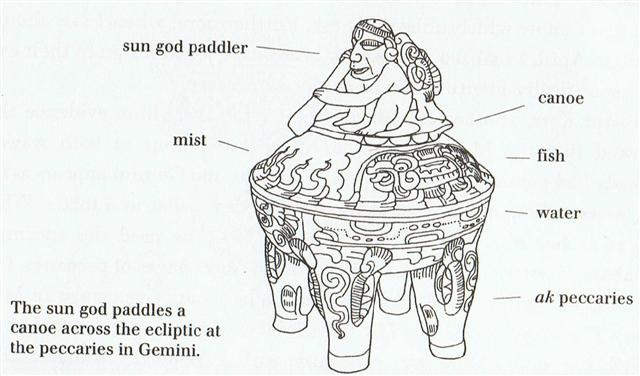

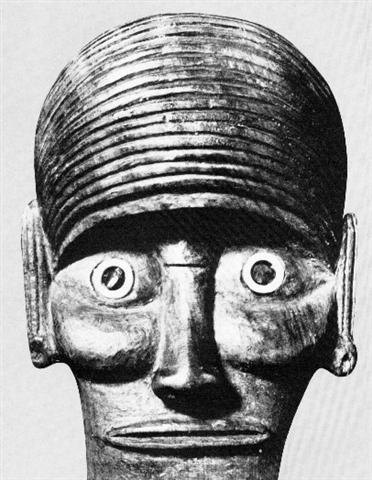

.jpg)
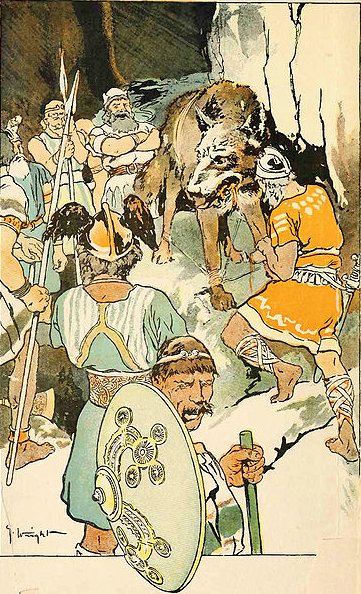
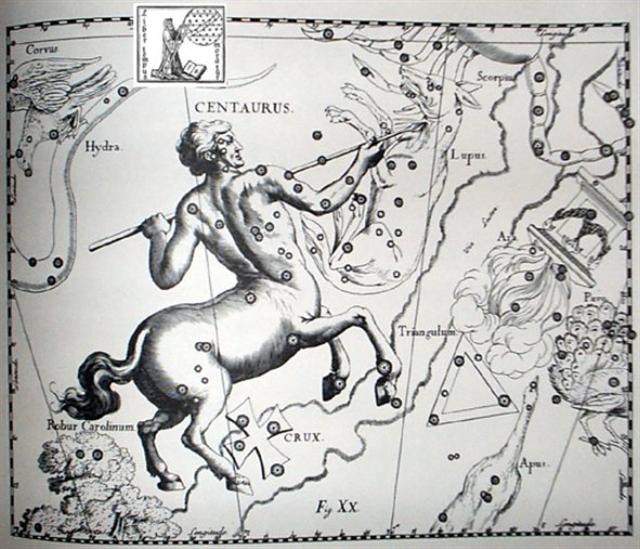
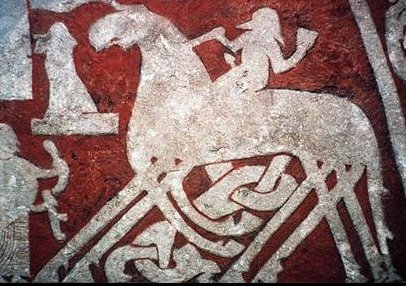


.jpg)







